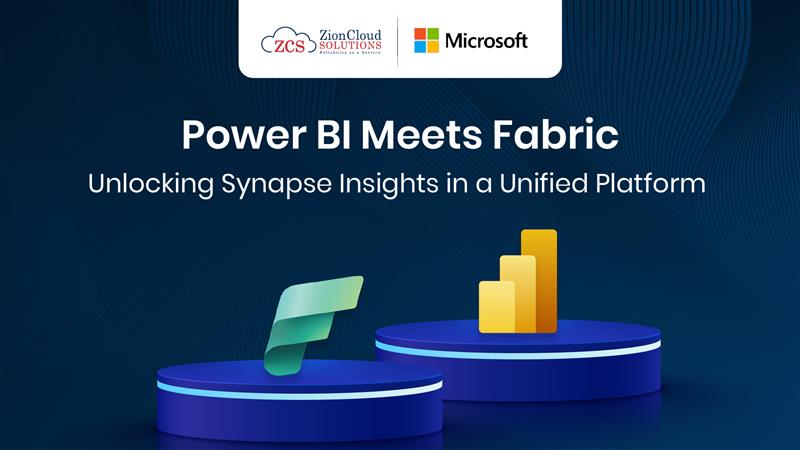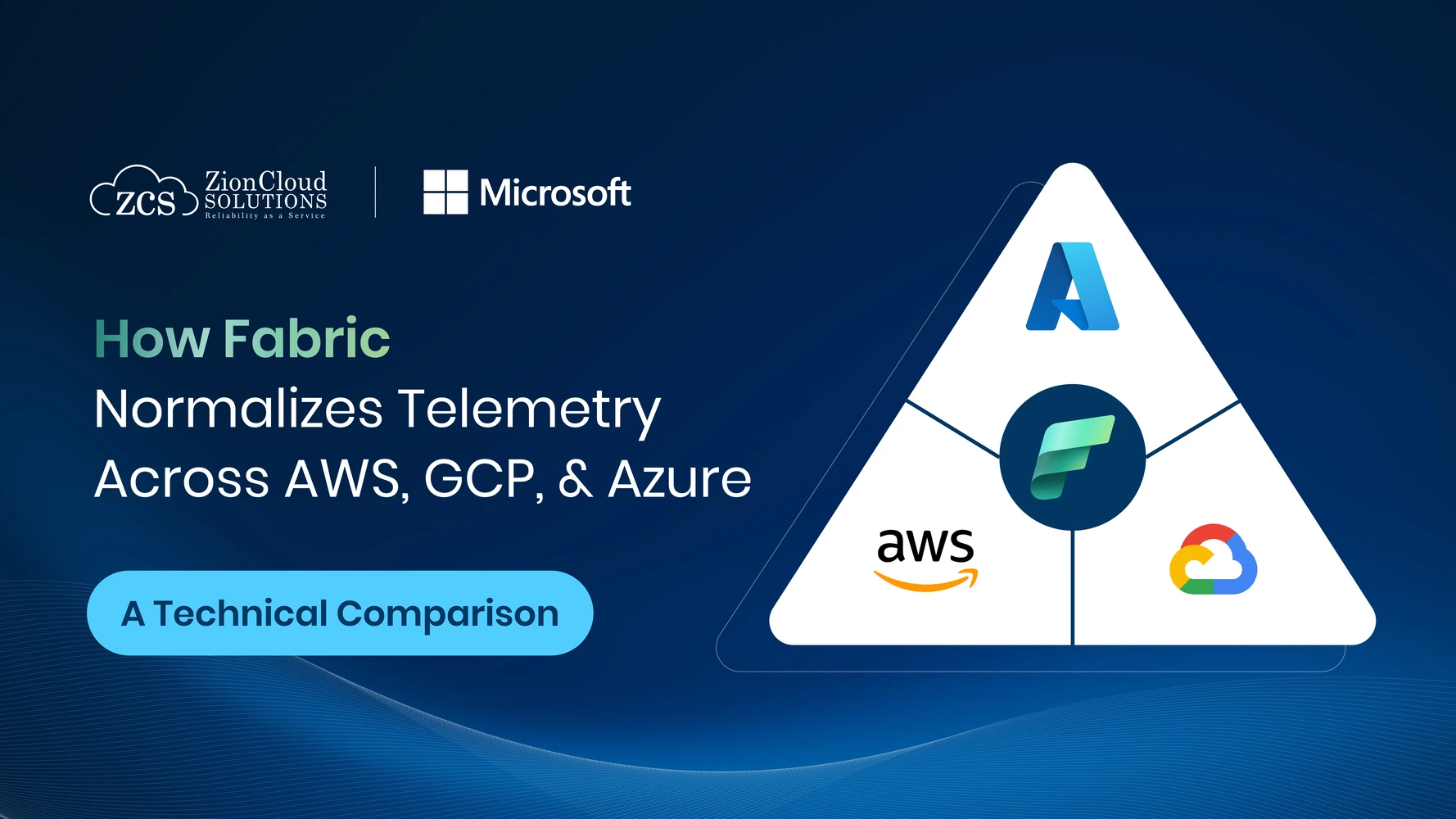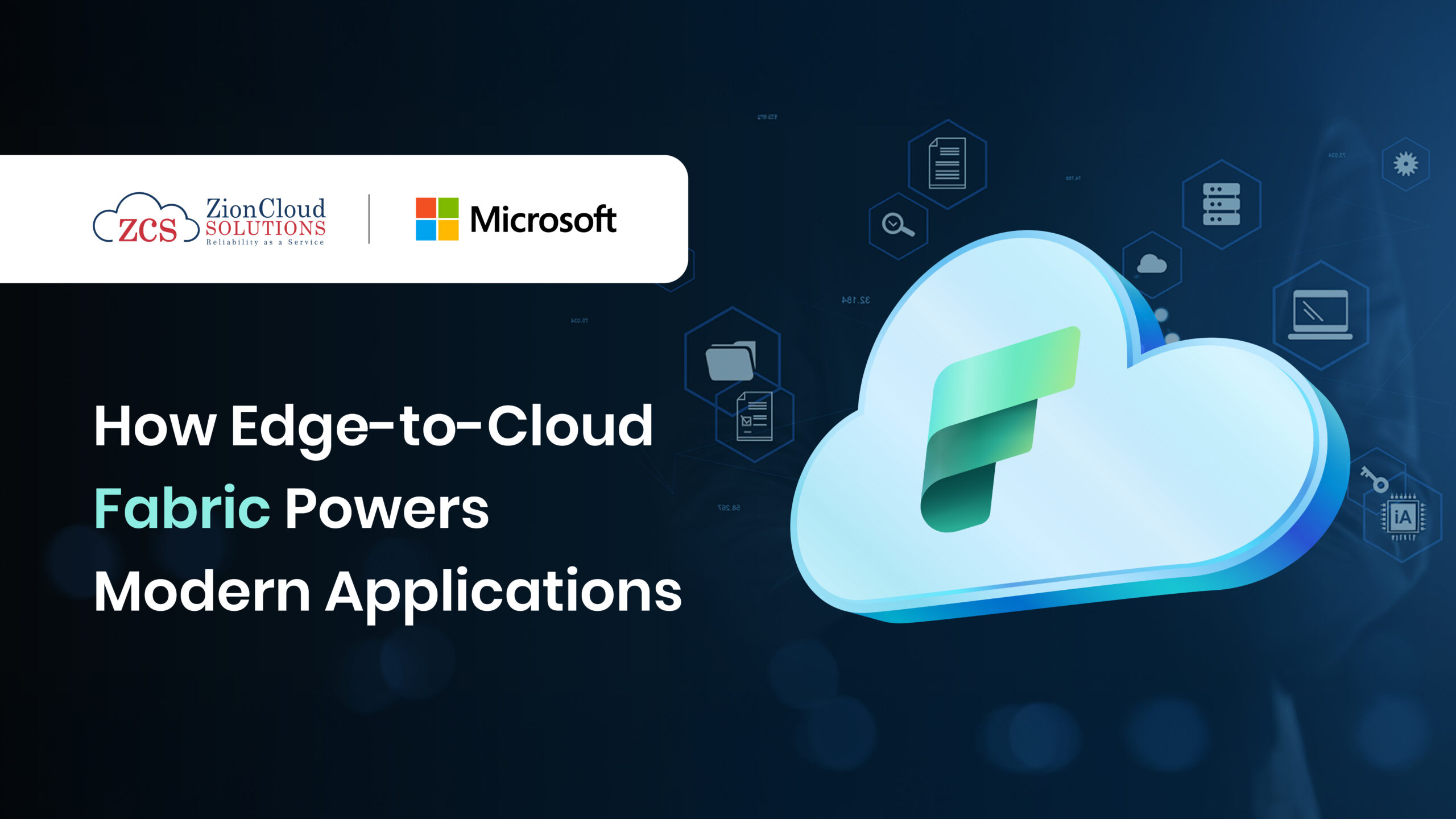Power BI Meets Fabric: Unlocking Synapse Insights in a Unified Platform
Oct 27, 2025 19:06 PM
Data doesn’t live in silos anymore, so why should your analytics?
For years, Power BI and Azure Synapse worked side by side to deliver insights. But as businesses chase faster, real-time intelligence, maintaining two separate systems created friction; duplicate data, long refresh times, and inconsistent metrics.
Therefore, enter Microsoft Fabric; the evolution that brings Power BI and Synapse into one unified ecosystem. It’s where storage, processing, and visualization finally converges, allowing teams to move from data to decisions without the heavy lift of integration.
Why the integration changes everything
For years, data teams have relied on Azure Synapse Analytics for large-scale data warehousing and Power BI for visualization. They were powerful on their own but not truly seamless together.
Data duplication, refresh delays, and complex connectors slowed the journey from data to insight. Microsoft Fabric changes that equation.
It unites the data foundation of Synapse with the interactivity of Power BI in one platform, no exports, no refresh lag, no silos. The result? Real-time analytics where every report reflects live, trusted data.
Fabric doesn’t just connect the tools; it fuses them into a single intelligent ecosystem, redefining how organizations consume, govern, and act on data.
How Power BI and Fabric work together
- Direct lake mode
The centerpiece of this integration is Direct Lake mode.
Power BI can now read data directly from Fabric’s OneLake without importing or duplicating it. This eliminates data movement and improves performance dramatically. Reports load in seconds even for enterprise-scale datasets while maintaining full interactivity.
- Unified semantic models
Fabric introduces a shared semantic layer that both Power BI and Fabric components understand. Business metrics like revenue and margin are defined once and reused everywhere.
No more “different numbers” in every dashboard; every team sees the same truth.
- End-to-end workflow
Fabric seamlessly connects data engineering, warehousing, and BI. Data engineers model data in the Fabric Warehouse, and analysts can visualize it instantly in Power BI without connectors or refresh schedules.
That’s a single flow from the pipeline to the dashboard.
- Built-in governance and security
With Microsoft Purview embedded across Fabric, governance policies automatically extend into Power BI. Access controls, lineage, and audit trails flow seamlessly from data ingestion to visualization, ensuring compliance without added complexity.
Beyond access management, Fabric also provides a centralized data catalog, giving teams a single, trusted view of all data assets with built-in search and classification. Sensitive data is automatically tagged and protected through dynamic data masking and role-based policies, ensuring that users see only what they’re authorized to view, nothing more.
This unified approach to security and governance transforms oversight from a manual burden into an integrated safeguard across the entire analytics lifecycle.
Advantages of the Power BI + Fabric integration
- Instant insights
By removing the need for refreshments or imports, Power BI dashboards stay constantly up to date. Decision-makers view live data without waiting for overnight refresh cycles or ETL runs.
- Reduced costs
Fabric consumption-based pricing means you only pay for the computer you use. Add to that, the elimination of redundant storage and refresh processes, and analytics costs drop significantly.
- Unified data story
With consistent models and definitions across departments, every team from operations to leadership bases decisions on the same trusted metrics. This alignment builds confidence and accelerates decision-making.
- Simplicity and peed
No gateways, no duplicate datasets, no manual syncs. Everything happens within Fabric, giving data professionals fewer moving parts and faster turnaround from data prep to delivery.
Wrapping up
When Power BI meets Microsoft Fabric, analytics stops being a process; it becomes an experience. This integration breaks the barriers between data storage, transformation, and visualization, enabling real-time insights without duplication, lower costs, and unified governance. In the era of intelligent analytics, Fabric isn’t just the next step, it’s the new foundation. Therefore, Power BI finally has the engine it is always needed.
Related Blogs
Explore More
How Fabric Normalizes Telemetry Across AWS, GCP, and Azure: A Technical Comparison
If you’ve ever tried to build a single observability view across AWS, GCP, and Azure, you already know the reality:…

How Edge-to-Cloud Fabric Powers Modern Applications
Modern applications no longer sit quietly inside a single data center or depend entirely on the cloud. They live across…

OneLake Intelligence: The New Operating System for Enterprise Data
Every organization today is drowning in storage accounts, warehouses, lakes, pipelines, and layers of integration work that nobody fully controls…

